Palazzo Madama-Turin’s Civic Museum of Ancient Art hosts from September 19 to November 23, 2025 the exhibition Count Cozio and the Myth of Stradivari. Masterpieces in Piedmont between the 1700s and 1800s, dedicated to an extraordinary but still little-known page in Piedmontese history. On the occasion of the 270th anniversary of the birth of Count Ignazio Alessandro Cozio di Salabue, the Medieval Court is hosting an exhibition organized together with theAssociazione Il Salabue and curated by Giovanni Accornero and Duane Rosengard. The objective is to acquaint the general public with the figure of this nobleman from Monferrato, born in Casale Monferrato on March 14, 1755, who distinguished himself as the most important collector and connoisseur of stringed instruments of his time. Indeed, Cozio was the first scholar to recognize the value of classical Italian violin making-particularly that of Cremona-and the importance of craftsmanship. Unlike other collectors driven by purely aesthetic criteria, he adopted a rigorous approach based on historical and scientific research. He did not limit himself to collecting prestigious instruments, but studied their provenance, constructional characteristics and differences between violin-making schools, leaving valuable notes that anticipate the modern organological approach.
The exhibition traces the count’s adventurous and surprisingly modern life through twenty string instruments of exceptional historical value, twelve of which belonged directly to him and are presented to the public for the first time. Many come from normally inaccessible private collections and institutions, flanked by other coeval musical instruments, not only bowed, that broaden the view of the cultural and musical context of the time.
Coming to Turin for the first time are two violins linked to famous musicians from the Teatro Regio: the 1718 Stradivari that belonged to Giovanni Battista Viotti and the 1736 Guarneri “del Gesù” that was owned by Gaetano Pugnani. Both are displayed with their original cases and portraits of the violinists, including the one of Viotti made by Élisabeth Vigée Le Brun, considered lost in the early 20th century and recently reappeared on the antiques market.
The central section is devoted to the 12 instruments that belonged to Count: six violins and two violas by Giovanni Battista Guadagnini, Stradivari’s famous “Ames” (1734), Francesco Stradivari’s “Salabue” (1742), a 1668 Amati inherited from his father Carlo Francesco, and the magnificent 1733 Bergonzi, now known as the “Cozio-Tarisio,” favored by the count among the five examples he owned.
Completing the exhibit are violins by the Celoniato brothers, four specimens by Chiaffredo Cappa, a viola by Giacomo Rivolta, and three mandolins and a guitar made by Guadagnini’s sons, Giuseppe, Carlo and Andrea.
The itinerary is enhanced by aninteractive 3-D installation, The Shape of Sound, which allows visitors to explore in detail the “Salabue-Berta” violin built by Giovanni Battista Guadagnini (1774). Thanks to the earl’s own annotations, visitors will gain a close understanding of the constructional intricacies of historical violin making. Instruments and tools from the Fondo Stradivariano and original documents from the Carteggio Cozio are also on display, offering new perspectives on the figure of the collector and the musical environment of his time.
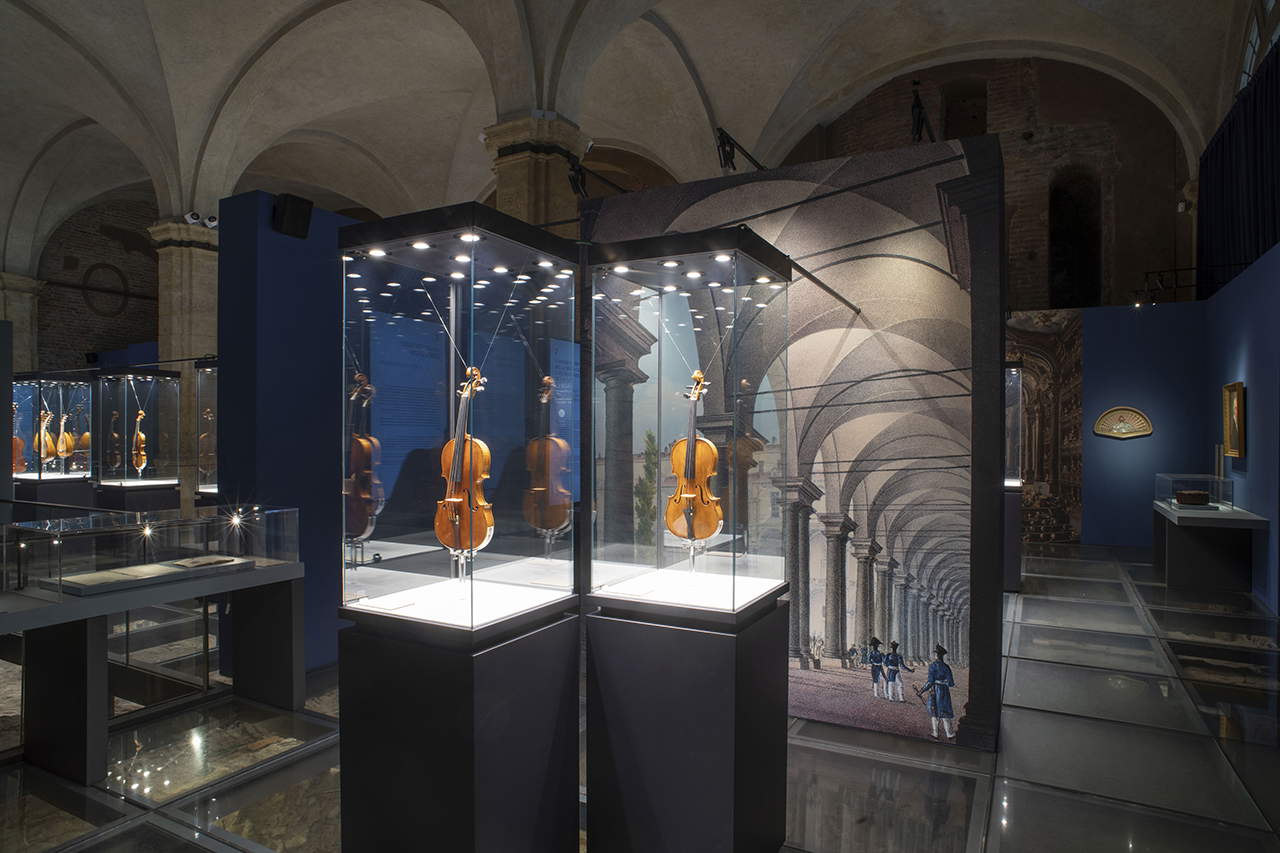
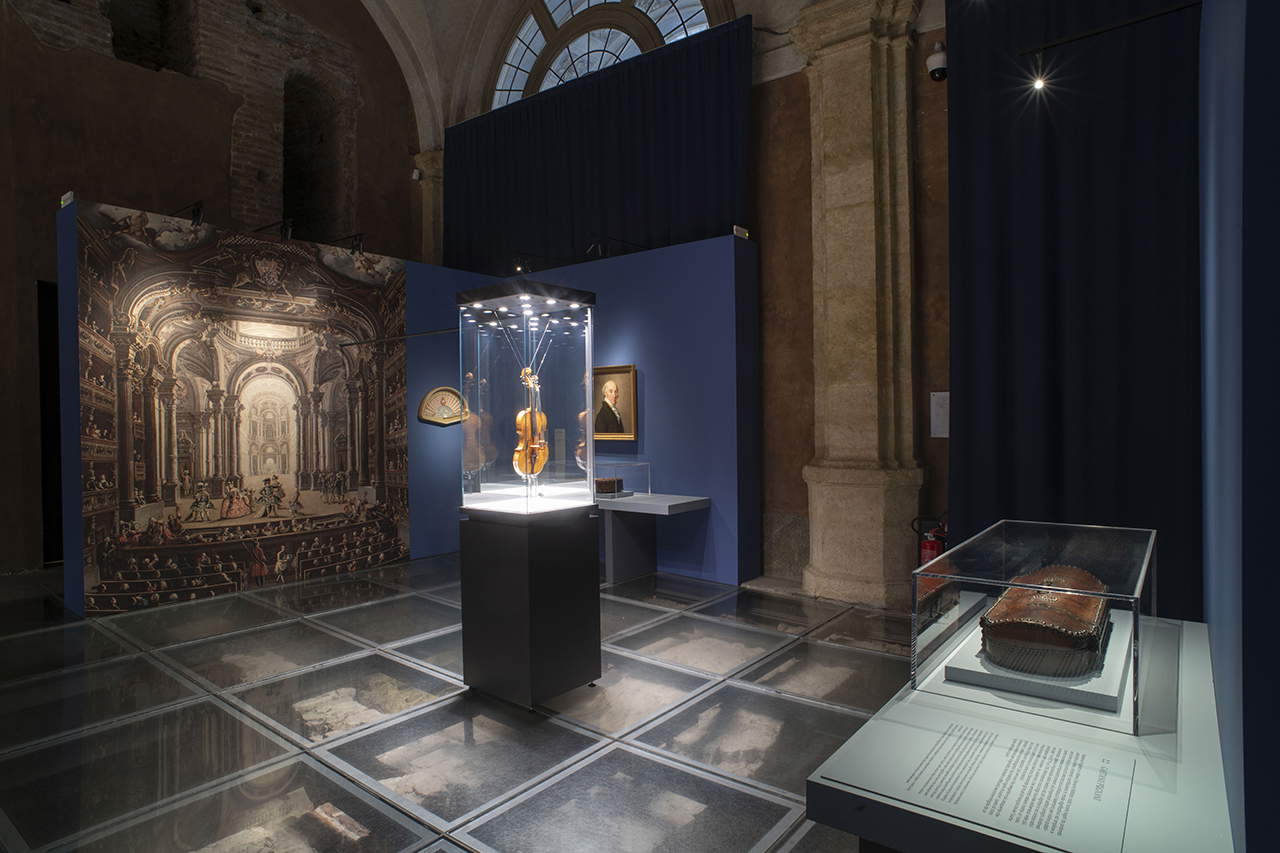
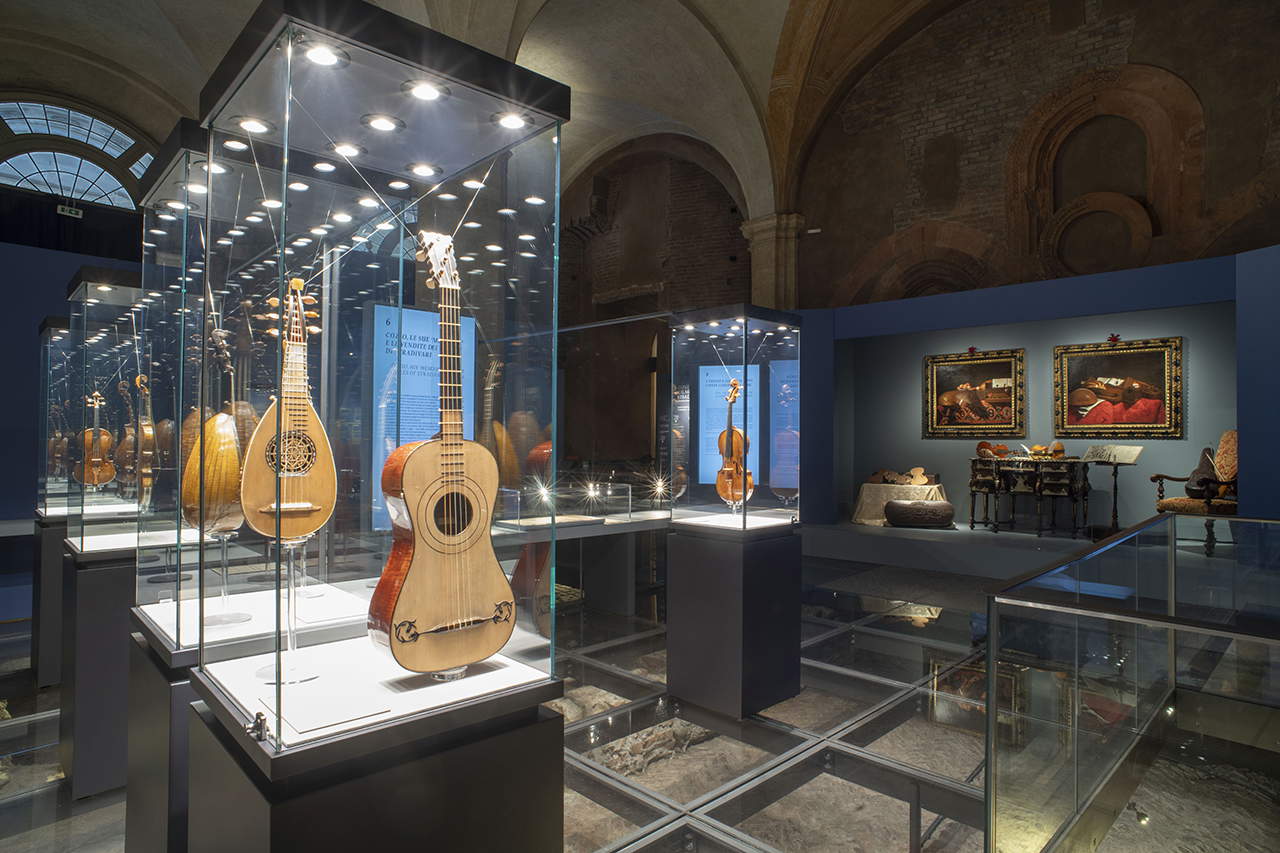
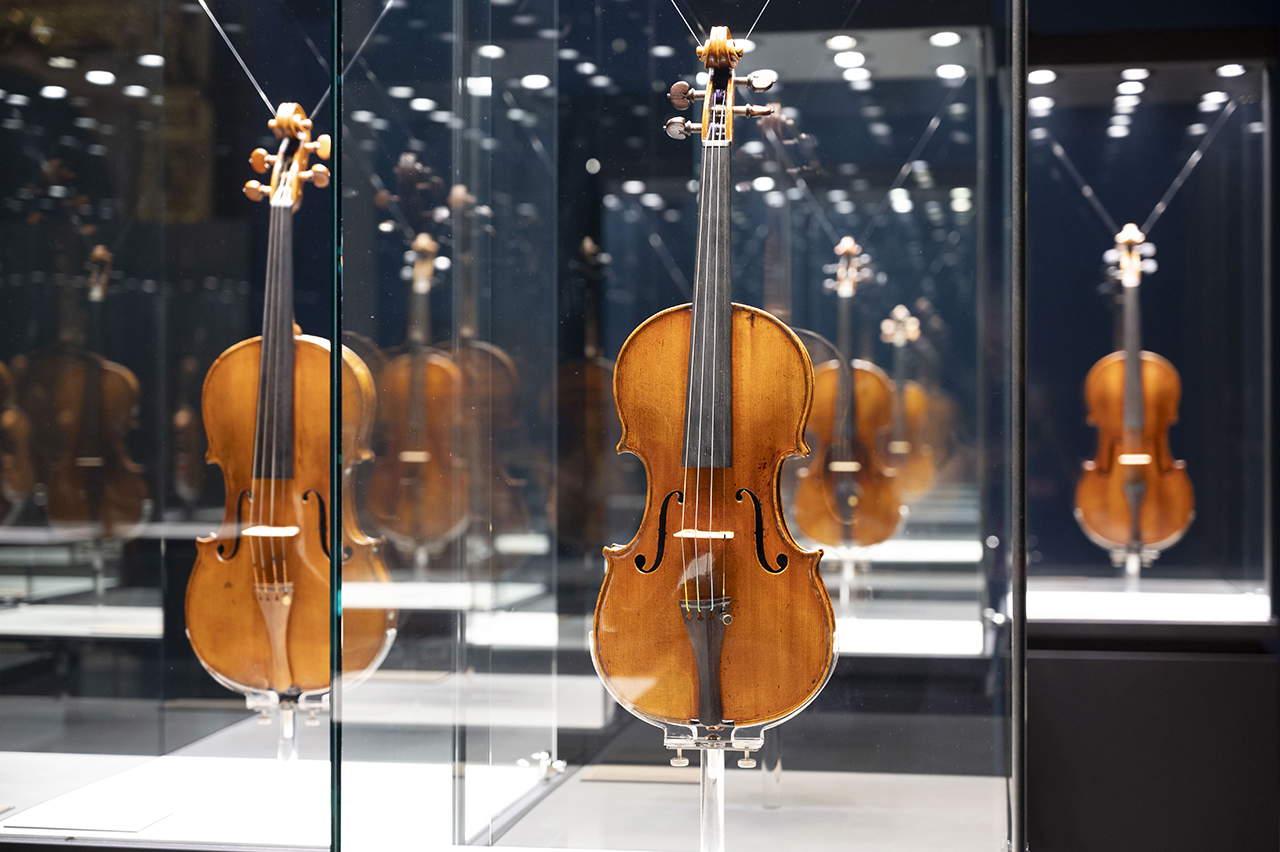

Cozio’s activity represents one of the earliest examples of collecting conceived as a cultural practice, based on scientific and conservative criteria. His passion was intertwined with an intense commercial activity, supported by a dense network of relationships with musicians, merchants and especially violin makers, among whom Giovanni Battista Guadagnini stands out, whose patron he was.
Emblematic of his stature is the fact that his collection included the legendary 1716 Stradivari “Messiah,” now preserved at the Ashmolean Museum in Oxford and considered one of the world’s best-preserved instruments by the Cremonese master.
A visionary for his time, in 1775-at just 20 years old-he purchased from Paolo Stradivari, Antonio’s son, the Maestro’s entire workshop collection: forms, cartoons, preparatory drawings and tools that formed the heart of the Cremonese violin-making tradition. This heritage, now kept at the Violin Museum in Cremona, represents a fundamental resource for the knowledge and memory of great Italian violin making, preserved thanks to Count Cozio’s foresight.
Hours: Daily from 10 a.m. to 1 a.m. Closed Tuesdays.
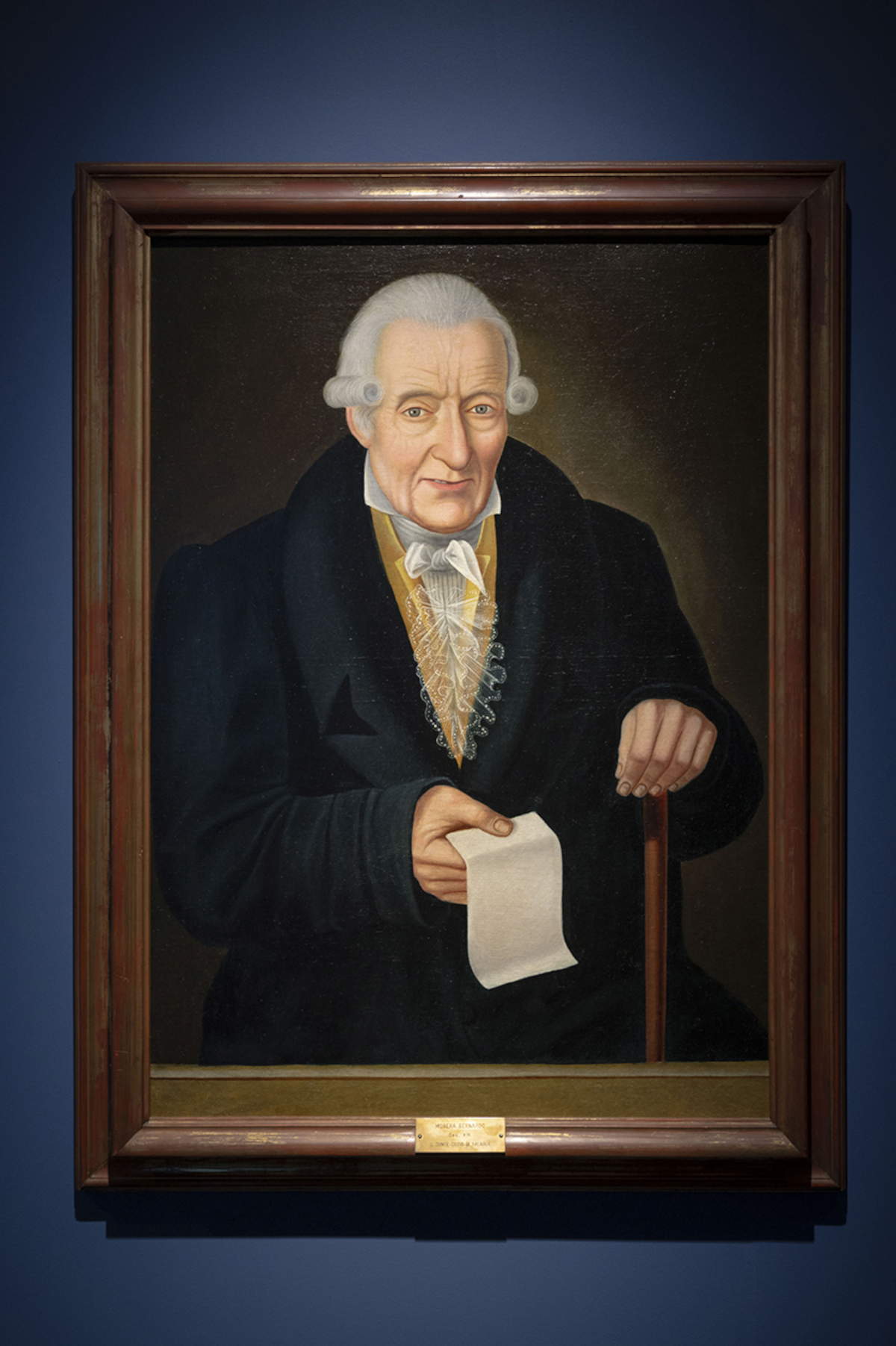
 |
| An exhibition in Turin dedicated to Count Cozio, the first scholar to recognize the value of classical violin making |
Warning: the translation into English of the original Italian article was created using automatic tools. We undertake to review all articles, but we do not guarantee the total absence of inaccuracies in the translation due to the program. You can find the original by clicking on the ITA button. If you find any mistake,please contact us.